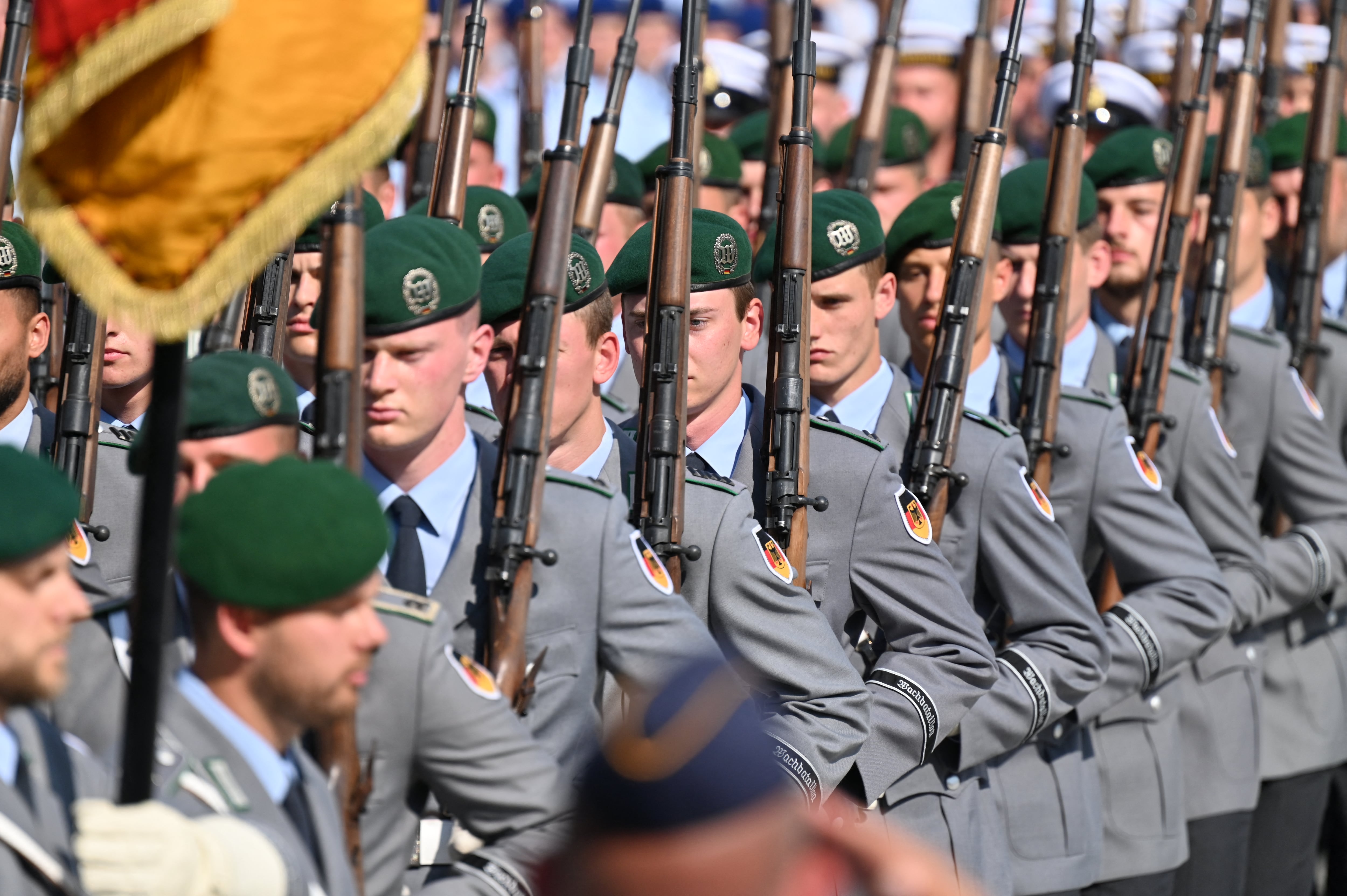As the military shifts resources to a more diverse set of actors and capabilities than the previous 15 years, it is taking into consideration battlefields in which access to GPS may be limited by adversarial efforts.
The Army is looking at how it might be able to operate in these degraded environments by examining solutions in precision, navigation and timing, or PNT.
The Army's Rapid Capabilities Office — stood up in August by former Secretary Eric Fanning to "expedite the acquisition of select capabilities to meet soldiers' immediate and near-term needs" — is focusing on electronic warfare, PNT and cyber, with cyber taking a backseat to the first two.
"Our two initial focus areas are electronic warfare and what we call position, navigation and timing, or PNT," Maj. Gen. Wilson Shoffner, director of operations at the Rapid Capabilities Office, said during an AFCEA-hosted event on June 1.
Adversaries have figured out how to attack these technology vectors, said Kevin Coggins, program manager for the Army's Direct Reporting Program, Manager Positioning, Navigation, and Timing directorate, during the annual C4ISRNET conference in May. Russia, especially in Syria, has been very effective at exploiting these vulnerabilities, Coggins asserted.
"We’re looking at the ability for a commander to be able to navigate if he or she doesn’t have access to the GPS signal and also if there are things being done in the electromagnetic spectrum that are causing it to be contested. We still need the ability to provide timing, which is important for a multitude of devices," Shoffner told C4ISRNET following his remarks.
Despite a wide portfolio, RCO efforts are Coggins’ No. 1 priority, he told C4ISRNET in an interview at his office at Aberdeen Proving Ground, Maryland.
These efforts surround two specific efforts: developing situational awareness sensors at the tactical edge and
Global Navigation Satellite System
environment; and improving the PNT posture of tactical combat vehicles.
In terms of situational awareness sensors, Coggins said one of Army's issues was that it was unaware of the tactical space when troops' capabilities were being jammed or spoofed. "What we want is to have better information for commanders and decision-makers to tell what kind of threats they were encountering, what direction were those threats coming from and other details important to operational decisions," he said.
Regarding tactical vehicles, Coggins said the service saw that acquiring platform distribution of PNT, anti-jam antennas and the like as quickly as possible were goals that the RCO could accomplish. His office will be posting multiple RFIs at the end of June related to the Assured PNT program, which is a family of solutions that provide access to trusted PNT information in potentially denied or degraded environments.
Solutions will surround proposals in the dismounted and mounted anti-jam antennas and pseudo-satellite, for example.
The difference between anti-jam antennas and pseudo-satellites is that anti-jam antennas work by aiming a piece of its signal toward a valid signal and ignore anybody else or ignore the direction of an invalid signal, only allowing other parts. Pseudo-satellites, by contrast, can provide area protection because they locally transmit a signal in the GPS bands.
The power of a pseudo-satellite can be increased and overpower jammers, rendering them ineffective — something that cannot be done with GPS signals beaming down from satellites orbiting thousands of miles above the earth.
Pseudo-satellites are regional systems as opposed to global, much like GPS, and belong to the brigade combat team, allowing it to have extra PNT information.
At the research and development level, the labs within the
Communications-Electronics Research, Development and Engineering Center's
Command, Power and Integration Directorate, or CP&IP, that mature technologies to transition to Coggins’ team are working on fusing various and disparate PNT sensors together.
Under an Air Force Institute of Technology initiative, CP&IP is working on a program called Scorpion that brings multiple types of sensors to give a position-and-time open-architecture solution to allow for greater plug and play.
For position, this will all feed into the Army’s mission command systems that track where things are within a commander’s area of responsibility, Charles Miller, chief of the CP&I PNT division, told C4ISRNET during a tour of its lab.
The types of disparate sensors that will provide positioning and timing data in GPS-denied environments could include things like inertials, which provide position by measuring movement from a fixed starting point. Whether it spins or moves laterally, how it works is if it knows where it started and tracks how it moves — which direction and how far. Then it can determine position, just like how a smartphone knows when it is facing up or down.
Chip scales or atomic clocks used for timing, while not clocks in the traditional sense, are literally frequency counters or oscillators that ensure larger systems are synchronized.
"As long as all the systems think they’re on the same thing, they’re good to talk," Miller said.
The types of systems into which these would feed would be radars, communications devices, electronic warfare systems, and even missiles and mortars that can still fire accurately, even without GPS.
In terms of actual delivered capabilities, Shoffner said the first project in PNT is currently underway. It will be an Army-wide focus, he said, with an initial focus on Europe.
The Army will be doing operational assessments in 2018, after which they will make improvement based on participant feedback before being brought to the secretary and chief for a decision.
Mark Pomerleau is a reporter for C4ISRNET, covering information warfare and cyberspace.








